Exploring the intricate connection between art and human experience, reflective insights offer a unique lens through which we can examine the profound impact of creativity on our lives. From painting to sculpture, music to literature, art has long served as a medium for self-expression, personal growth, and cultural expression. In this article, we delve into the concept of reflective insights in art, uncovering how this practice fosters introspection and connects individuals with their inner worlds. By exploring the intersection of art and life, we will examine how these two realms influence each other, offering valuable insights into the human condition. Whether you’re an aspiring artist, a curious observer, or someone seeking to deepen your understanding of art, this exploration will provide a rich tapestry of ideas and perspectives.

How to Write a Reflection About an Artwork
To craft an effective reflection about an artwork, follow these steps:
- Observe and Describe : Begin by visually examining the artwork. Note its color palette, texture, shapes, and symbols. Consider how these elements interact and evoke emotions.
- Analyze Composition : Assess the arrangement of subjects and elements within the artwork. Determine if the composition is balanced or chaotic, as this affects the overall mood.
- Interpret Theme and Message : Reflect on the artwork’s theme or message. Identify any stories or metaphors it may convey, aiming to uncover its deeper meaning.
- Connect Personally : Relate the artwork to your personal experiences or emotions. Sharing how it resonates with you adds authenticity to your reflection.
- Consider Medium and Technique : Think about the medium used (e.g., painting, sculpture) and the techniques employed, which can influence your perception.
- Understand Cultural Context : Research the artist’s background and culture to better interpret symbolic elements and themes.
- Structure Your Reflection : Organize your reflection with an introduction, descriptive analysis, personal reflection, and a conclusion. Use sensory details to enhance engagement.
- Balance Objectivity and Subjectivity : Combine objective analysis of the artwork’s features with your subjective feelings and interpretations.
- Revise and Refine : Edit your reflection for clarity and coherence, ensuring it effectively communicates your thoughts and emotions.
By following these steps, you can create a meaningful and engaging reflection that captures both the artwork’s essence and your unique perspective.
Insight About Art Appreciation
Art appreciation is a multifaceted skill that goes beyond mere aesthetic enjoyment. It involves a deep understanding of artistic elements, historical contexts, and the emotional resonance of works. Here’s a structured exploration of its essence and significance.
The Benefits of Art Appreciation
- Critical Thinking Enhancement: Analyzing art fosters problem-solving abilities and sharpens observational skills.
- Emotional Connection: Art often mirrors human experiences, evoking emotions and fostering empathy.
- Historical Insight: Art serves as a window to different cultures, societies, and historical periods.
- Creativity Inspiration: Exposure to diverse artistic styles can ignite personal creativity and innovation.
Why Art Appreciation Matters
- Cultural Preservation: Art perpetuates cultural heritage and traditions across generations.
- Personal Growth: Engaging with art can enhance self-awareness and personal development.
- Educational Value: It provides a platform for learning about history, philosophy, and social issues.
- Economic Impact: The art market drives economic activity and supports various industries.
Developing an Art Appreciation
To cultivate a meaningful art appreciation, start by exploring diverse art forms and seeking inspiration from different sources. Visit museums, galleries, and art fairs to immerse yourself in different styles. Practice descriptive writing to articulate your observations and feelings about artworks. Consider joining art appreciation groups or taking classes to gain deeper insights and connect with like-minded individuals.
Explore these resources for further learning: Patrick Mettraux’s curated art appreciation resources .
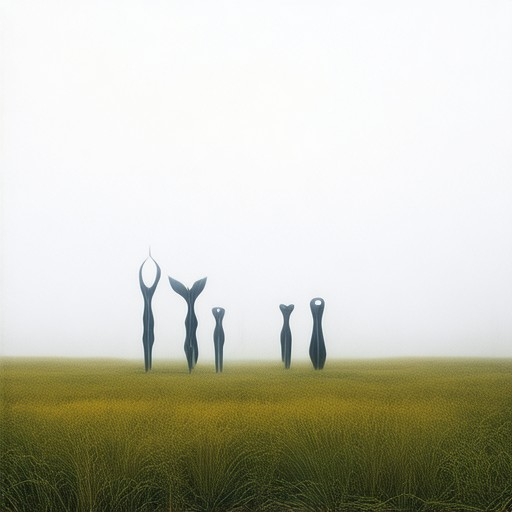
What Are Reflections in Art?
Reflections in art can be interpreted in several ways, serving both functional and symbolic purposes. Here’s a breakdown of their significance:
Literal Reflections
Reflections in art often involve the use of mirrors or reflective surfaces. These elements can create a sense of depth or realism, allowing viewers to see beyond the immediate image. For instance, contemporary artists like Patricia Piccinini use hyperrealistic mirrors to explore themes of identity and alterity.
Metaphorical Reflections
Beyond their literal use, reflections can symbolize introspection, self-awareness, and the exploration of one’s inner world. Artists such as Anselm Kiefer employ reflective elements to evoke a sense of history and memory, often blending reality with the surreal.
Examples in Practice
- Literal Use : In paintings or installations, reflections can extend the visual plane, offering a window into another dimension. This technique is notably used by Salvador Dalí in his surrealist works.
- Metaphorical Use : Reflections can serve as a narrative device, reflecting the viewer’s psyche or societal norms. This approach is exemplified by Mark Ruthven ‘s thought-provoking series exploring cultural identity.
By incorporating reflections, artists invite audiences to engage with their work on deeper levels, blurring the boundaries between reality and illusion.

How Does Art Reflect Your Life?
Art is a powerful medium that serves as a mirror of our lives, offering insights into our emotions, experiences, and perspectives. It allows us to express ourselves, explore complex emotions, and connect with others on a deeply personal level. Here’s how art reflects your life:
- Personal Stories and Journeys : Art often serves as a visual diary, capturing moments, feelings, and memories. Artists use their work to share personal struggles, triumphs, and discoveries, inviting viewers to relate to their own lives.
- Cultural Reflection : Art reflects the values, beliefs, and traditions of a culture. Through paintings, sculptures, or performances, artists highlight what it means to live in a particular time and place, offering a window into societal norms and customs.
- Emotional Expression : Art is a universal language for emotions. Whether it’s the raw vulnerability of a portrait or the intense energy of a dance piece, art communicates feelings that words alone often fail to capture.
- Societal Critique : Many artists use their work to challenge societal norms or advocate for change. Their creations often mirror the issues they see in the world, sparking conversations and encouraging reflection among viewers.
- Self-Discovery : The act of creating art can be a journey of self-discovery. As you engage with your craft, you may uncover hidden talents, passions, or truths about yourself, shaping your life in profound ways.
- Inspiration and Motivation : Art doesn’t just reflect life—it can also inspire it. Looking at a masterpiece or reading a thought-provoking piece can give you the courage to pursue your own goals and live authentically.
At Patrick Mettraux , we celebrate the transformative power of art. Our platform is dedicated to sharing stories, tips, and insights that inspire creativity and spark meaningful connections. Explore our articles to discover how art can enrich your life and fuel your journey of self-expression.
How Does Life Reflect Art?
Life and art are deeply interconnected, with one often serving as a reflection of the other. This relationship can be explored through various lenses, revealing how art mirrors human experiences and vice versa.
- Art as a Reflection of Human Experience: Art often serves as a mirror of human emotions and societal norms. Artists draw from their own lives, capturing the essence of what it means to be human. This connection creates works that resonate deeply with audiences, as they recognize fragments of their own experiences reflected in the canvas.
- Life Influencing Art: Conversely, life itself can influence art in profound ways. Personal experiences, relationships, and cultural shifts shape the themes and styles artists choose. These influences can lead to groundbreaking creations that challenge perceptions and inspire change.
- Art Shaping Life Perspectives: Exposure to art can transform how we view the world. Through paintings, sculptures, music, and literature, we gain fresh perspectives on existence, fostering empathy, creativity, and a deeper appreciation for life’s complexities.
- Mutual Inspiration Between Artists and Subjects: The relationship between artist and subject is bidirectional. Subjects can be inspired by the artistic process, leading to performances or works that reflect their journey. This mutual inspiration often results in art that feels alive, charged with the energy of the creator and the created.
- Art as a Therapeutic Medium: Art has been recognized as a powerful tool for healing and self-expression. It provides a safe space for individuals to explore their emotions, find meaning, and navigate life’s challenges. This therapeutic aspect highlights the intrinsic connection between art and well-being.
The interplay between life and art is a dynamic dance, where each influences and reflects the other. Whether through iconic masterpieces or everyday acts of creation, art continues to be a vital part of our shared human experience.

What Can Art Tell Us About Life?
Art is a powerful medium that offers profound insights into the human condition, reflecting our emotions, struggles, and triumphs. It serves as a mirror to our collective consciousness, capturing the essence of existence in ways words alone often fail to convey. Here’s what art can teach us about life:
- Storytelling and Human Connection: Art allows us to connect with others on a deeply personal level. Through paintings, sculptures, music, and dance, we share stories, cultures, and emotions, fostering empathy and understanding across boundaries.
- Cultural Preservation: Art plays a crucial role in preserving history and traditions. From ancient cave drawings to modern-day performances, art keeps our heritage alive, reminding us of who we are and where we come from.
- Emotional Expression: Art provides a safe space for exploring and expressing complex emotions. Whether it’s the raw vulnerability of a singer on stage or the hidden pain depicted in a museum piece, art gives voice to feelings that might otherwise remain unspoken.
- Beauty and Transcendence: The mere presence of art can elevate our spirits and inspire wonder. It reminds us of the beauty in the world and the potential for transcendence, offering moments of clarity and awe that can transform our perspective.
- Identity and Self-Discovery: Art often serves as a tool for self-exploration. Artists use their work to uncover truths about themselves, inviting viewers to reflect on their own lives and experiences. This process can lead to personal growth and a deeper understanding of one’s place in the world.
Through art, we gain a unique lens through which to view life—its complexities, its vulnerabilities, and its infinite possibilities. It challenges us to think differently, feel deeply, and envision a better future. As we engage with art, we not only learn about life but also find ourselves becoming more fully alive.

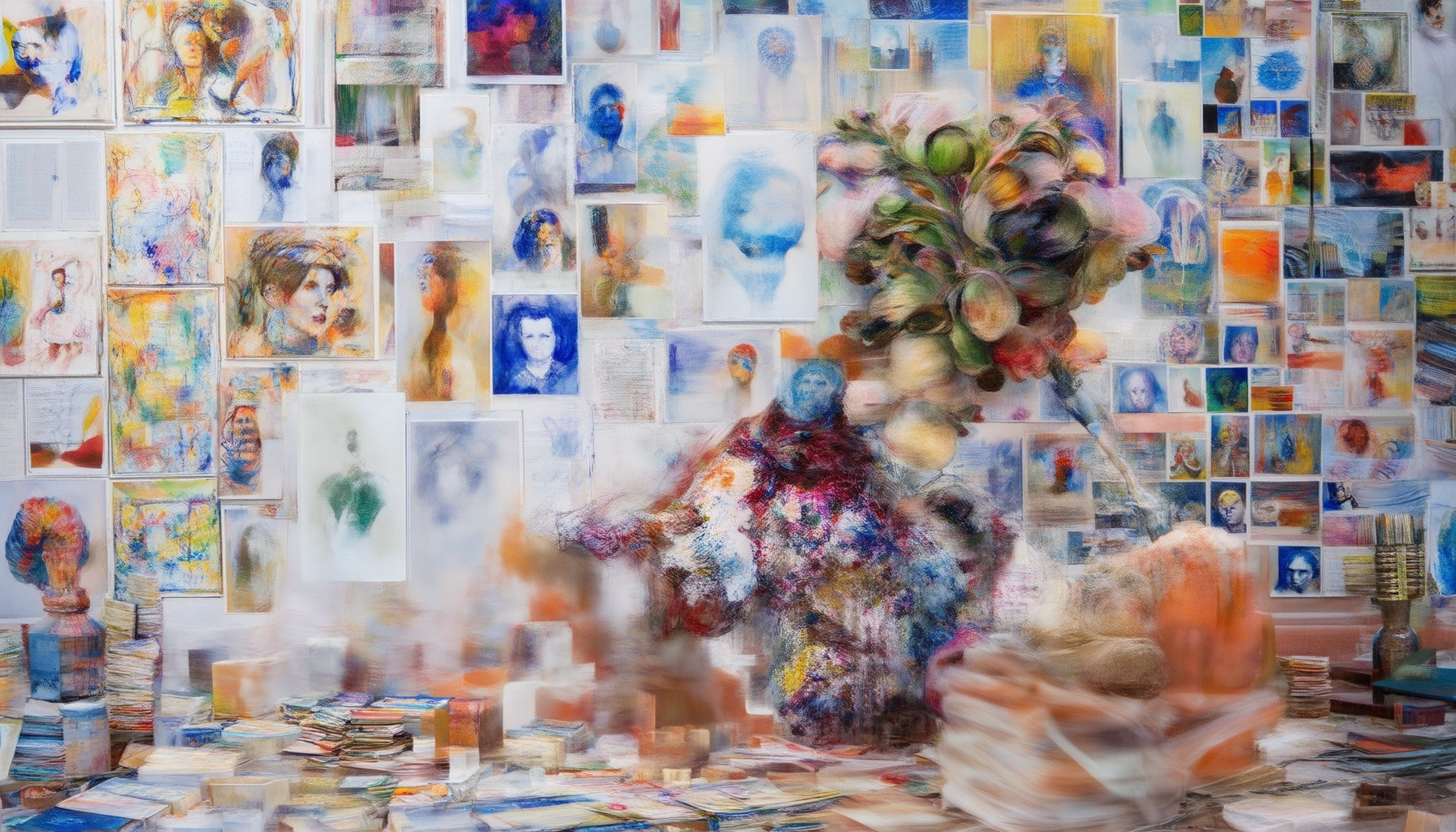
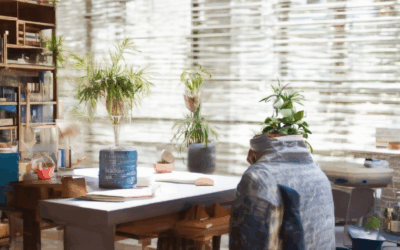
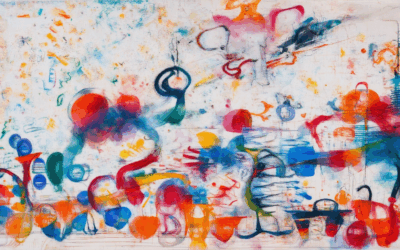
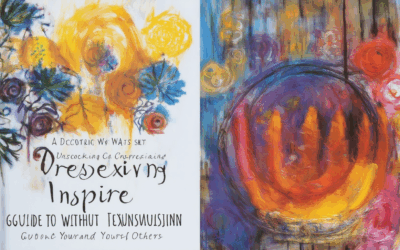
0 Comments